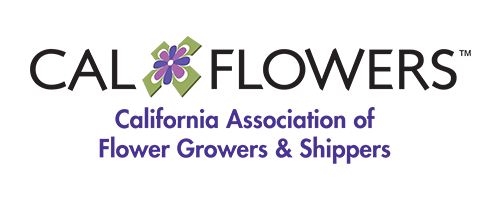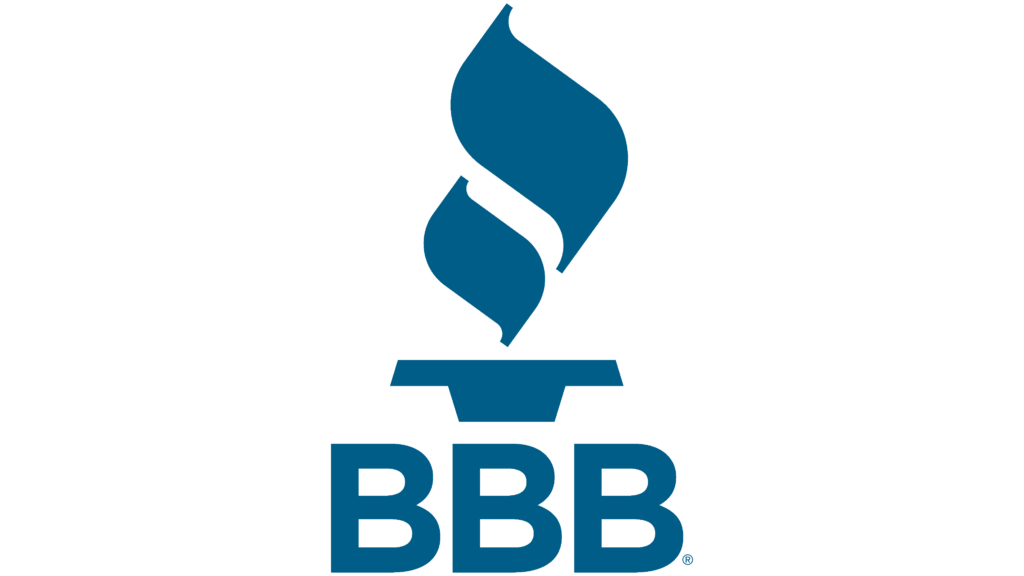The Power of Symbols in Shaping Human Perception and Trust
Building upon the foundation laid in How Symbols and Deception Shape Human Strategy, this article delves deeper into the nuanced ways symbols influence not only individual perception but also collective trust. Recognizing the subtle yet profound effects of symbols enables us to better understand social cohesion, manipulation tactics, and the construction of reality itself.
1. Introduction: The Significance of Symbols in Human Perception and Trust
Symbols serve as the language of the subconscious, guiding perceptions and establishing trust long before conscious awareness engages. Whether in personal relationships, cultural norms, or institutional settings, symbols act as anchors that shape our beliefs and expectations.
a. Defining perception and trust within social and individual contexts
Perception involves how we interpret sensory information to understand our environment, while trust is the confidence in the reliability or integrity of others or systems. Both are deeply influenced by symbolic cues—colors, icons, gestures—that filter our experiences and expectations.
b. The foundational role of symbols in shaping societal norms and personal beliefs
Societies rely on shared symbols—flags, religious icons, logos—to forge a collective identity and uphold norms. On a personal level, symbols encapsulate values and histories, serving as mental shortcuts that reinforce individual beliefs and behaviors.
c. Overview of how symbols influence both conscious and subconscious trust mechanisms
While some symbolic influences are overt and deliberate, many operate subconsciously—affecting decisions, attitudes, and perceptions without our explicit awareness. This dual influence underscores the powerful role symbols play in shaping human strategy at multiple levels.
- 2. The Psychological Foundations of Symbolic Trust
- 3. Symbols as Anchors of Social Identity and Cohesion
- 4. The Subtle Power of Symbols in Shaping Perception Beyond Awareness
- 5. The Dual Nature of Symbols: Building Trust or Eroding It
- 6. Symbols and the Construction of Reality
- 7. The Evolution of Symbols in the Digital Age
- 8. The Ethical Dimensions of Symbolic Use in Trust Manipulation
- 9. From Perception to Strategy: The Practical Implications
- 10. Bridging Back: Connecting the Power of Symbols in Perception and Trust to Strategic Human Behavior
2. The Psychological Foundations of Symbolic Trust
Understanding how symbols influence trust begins with examining cognitive processes. When humans interpret symbols, they engage in rapid mental associations, linking visual cues to past experiences, cultural meanings, and emotional states. For example, a red cross instantly evokes health and safety in many cultures, activating neural pathways associated with reassurance.
a. Cognitive processes involved in interpreting symbols
Research in cognitive neuroscience shows that the brain processes symbols through a network involving the visual cortex, limbic system, and prefrontal cortex, integrating sensory input with memory and emotion. This integration influences trust-related judgments, often unconsciously.
b. The role of cultural conditioning and collective memory in trust formation
Cultural conditioning shapes how symbols are perceived. For instance, national flags symbolize sovereignty and unity, cultivated through repeated exposure and collective memory. This shared understanding fosters societal trust, as individuals feel connected to a larger group identity.
c. How symbolic cues activate neural pathways related to trust and perception
Neuroimaging studies reveal that symbolic cues can activate brain regions associated with reward and social cognition, such as the ventral striatum and temporoparietal junction. These activations underpin feelings of safety and trust, often triggered by familiar symbols, even without conscious recognition.
3. Symbols as Anchors of Social Identity and Cohesion
Symbols serve more than individual perception—they are crucial in establishing social bonds. Shared symbols foster a sense of belonging and collective identity, which strengthens social cohesion and trust among members.
a. The use of symbols to establish group identity and social belonging
From tribal markings to corporate branding, symbols delineate in-group from out-group. For example, military insignia or fraternity emblems act as markers of belonging, reinforcing trust within groups and signaling loyalty.
b. The impact of shared symbols on collective trust and cooperation
Shared symbols facilitate cooperation by creating a common narrative. National flags during international events evoke collective pride and trust, encouraging cooperation. Similarly, religious icons unify followers through shared beliefs, fostering social stability.
c. Case studies: national flags, religious icons, corporate logos
| Symbol Type | Purpose & Impact |
|---|---|
| National Flags | Foster patriotic unity, symbolize sovereignty, and enhance collective trust during international events |
| Religious Icons | Represent divine authority, reinforce faith, and unify communities through shared spiritual identity |
| Corporate Logos | Create brand recognition, convey trustworthiness, and foster loyalty among consumers |
4. The Subtle Power of Symbols in Shaping Perception Beyond Awareness
Many symbolic influences operate beneath conscious awareness, subtly guiding attitudes and decisions. For instance, subliminal messaging leverages peripheral perception to affect consumer choices without explicit recognition.
a. Subliminal and peripheral influence of symbols on attitudes
Studies have demonstrated that brief exposures to certain symbols—such as images of money or status—can prime individuals to act in ways aligned with those symbols, influencing trust and risk perception subconsciously.
b. The role of symbolic imagery in marketing and political messaging
Marketers and politicians use powerful imagery—like a handshake or a national emblem—to evoke feelings of trust and authority. These symbols are often chosen for their ability to activate specific neural circuits associated with positive social judgments.
c. Examples of unnoticed symbolic cues affecting decision-making
For example, the color blue in corporate branding is linked with trust and dependability, influencing consumer behavior even if they are unaware of this subconscious cue. Similarly, political campaigns often incorporate subtle symbols to sway voter perceptions.
5. The Dual Nature of Symbols: Building Trust or Eroding It
Symbols can be double-edged swords. When used positively, they foster unity and confidence. Conversely, manipulative or deceptive symbols can sow distrust, divide groups, or obscure true intentions.
a. Positive symbolism fostering trust and unity
Symbols like the peace sign or charity logos promote social harmony and trustworthiness. Their consistent use reinforces positive associations, reinforcing collective bonds.
b. Manipulative symbolism used to deceive or divide
Some symbols are intentionally crafted to mislead, such as false flags or propaganda icons. Recognizing these symbolic signals is crucial for navigating manipulation and safeguarding trust.
c. Recognizing and decoding symbolic signals to navigate manipulation
Critical analysis of symbols—considering context, historical usage, and associated imagery—can reveal underlying motives, empowering individuals and organizations to maintain integrity and trust.
6. Symbols and the Construction of Reality
Societal narratives are built upon symbolic frameworks. Media, education, and entertainment use symbols to shape perceptions of truth, authority, and morality, creating a shared worldview that guides human behavior.
a. How symbols shape societal narratives and collective worldview
From the portrayal of historical events to political ideologies, symbols serve as anchors that organize collective understanding. They influence perceptions of legitimacy and credibility, often reinforcing existing power structures.
b. The influence of media and symbols on shaping perceptions of truth and authority
Media outlets select symbols—logos, color schemes, imagery—to convey authority and reliability. The consistent use of these symbols fosters trust, even when the underlying narratives may be contested or manipulated.
c. The power of symbols in creating perceived realities that guide human behavior
Perceived realities are constructed through symbolic storytelling, influencing everything from consumer choices to geopolitical strategies. Recognizing this construction enables a more conscious engagement with the information environment.
7. The Evolution of Symbols in the Digital Age
Digital technology has transformed symbolic communication. Emojis, digital badges, and online avatars serve as new trust signals, creating virtual communities and identities rooted in symbolic exchanges.
a. Digital symbols and emojis as new trust-building tools
Emojis like the thumbs-up or heart have become universal markers of agreement and trust, transcending language barriers. They facilitate social bonding and quick emotional assessments in online interactions.
b. The proliferation of symbols in online identities and communities
Online platforms enable individuals to craft identities through symbols—profile pictures, badges, hashtags—that signal belonging and values. These symbols foster trust within digital tribes but can also be manipulated for misinformation.
c. Challenges and opportunities in interpreting digital symbolism accurately
Rapid evolution and contextual variability make digital symbols complex to decode. Developing digital literacy and symbolic awareness is essential for navigating this landscape ethically and effectively.
<h2 id=”ethical-dimensions” style=”font-family: Arial




